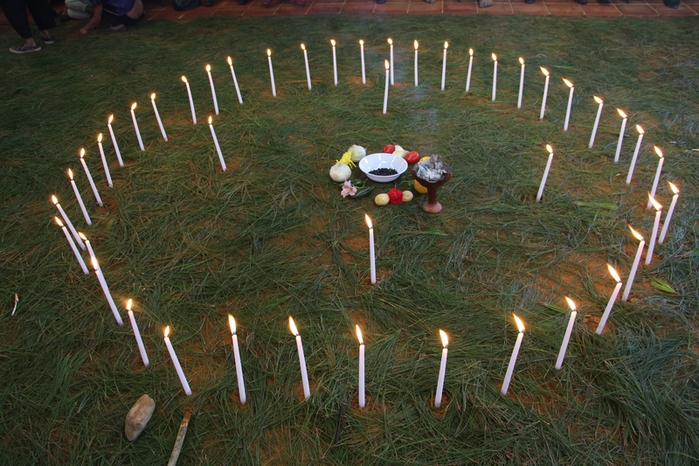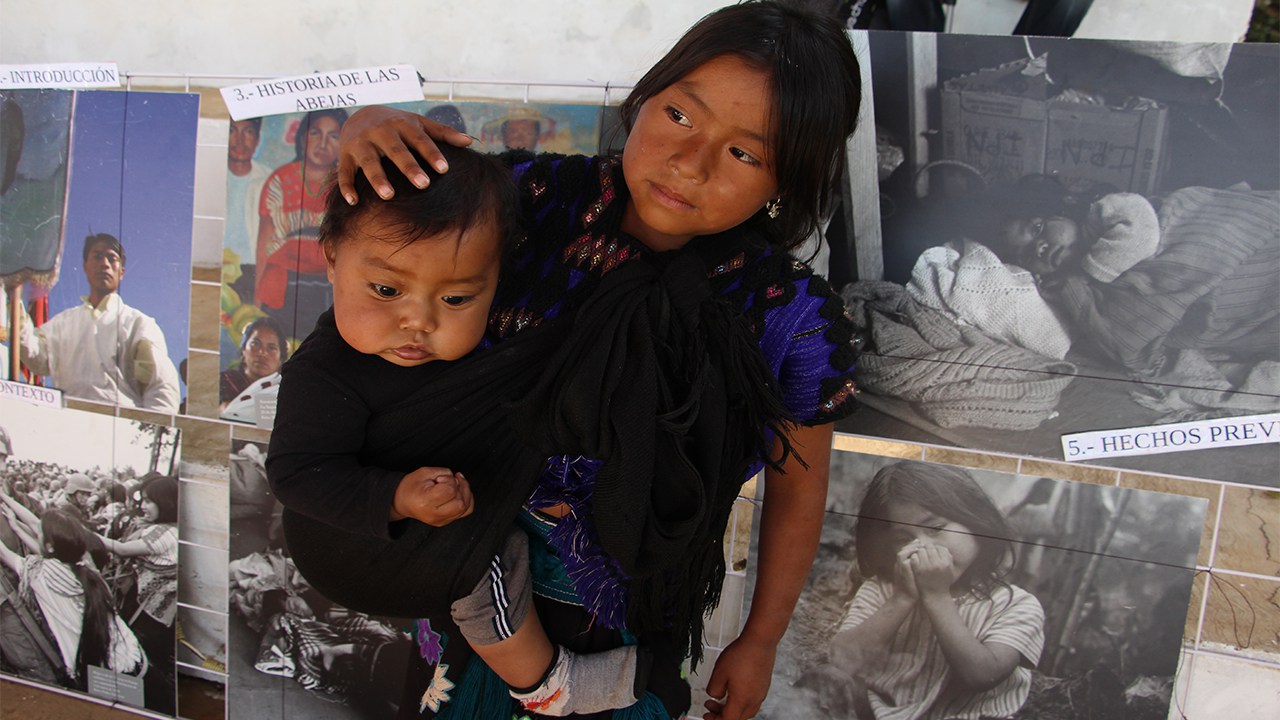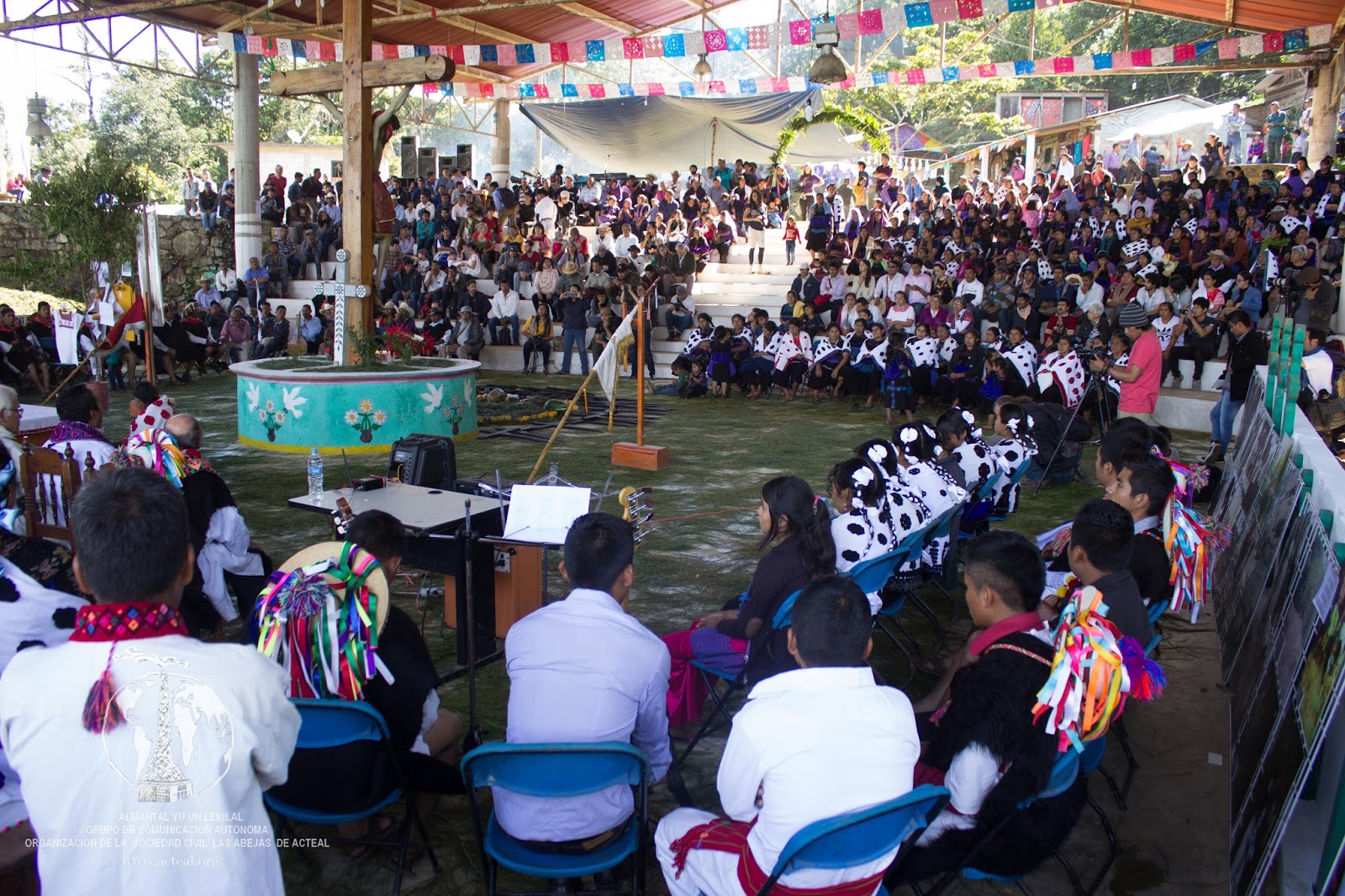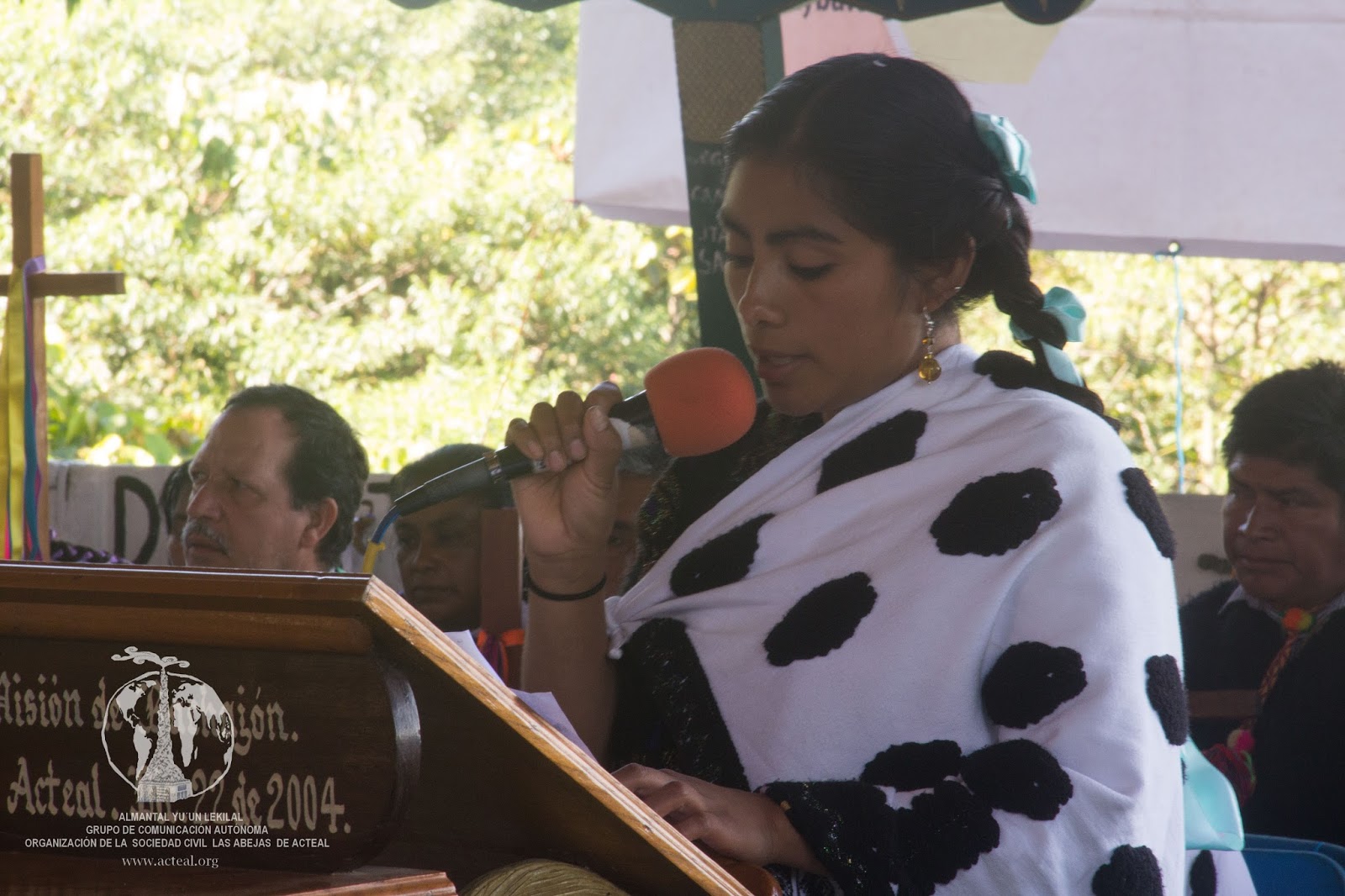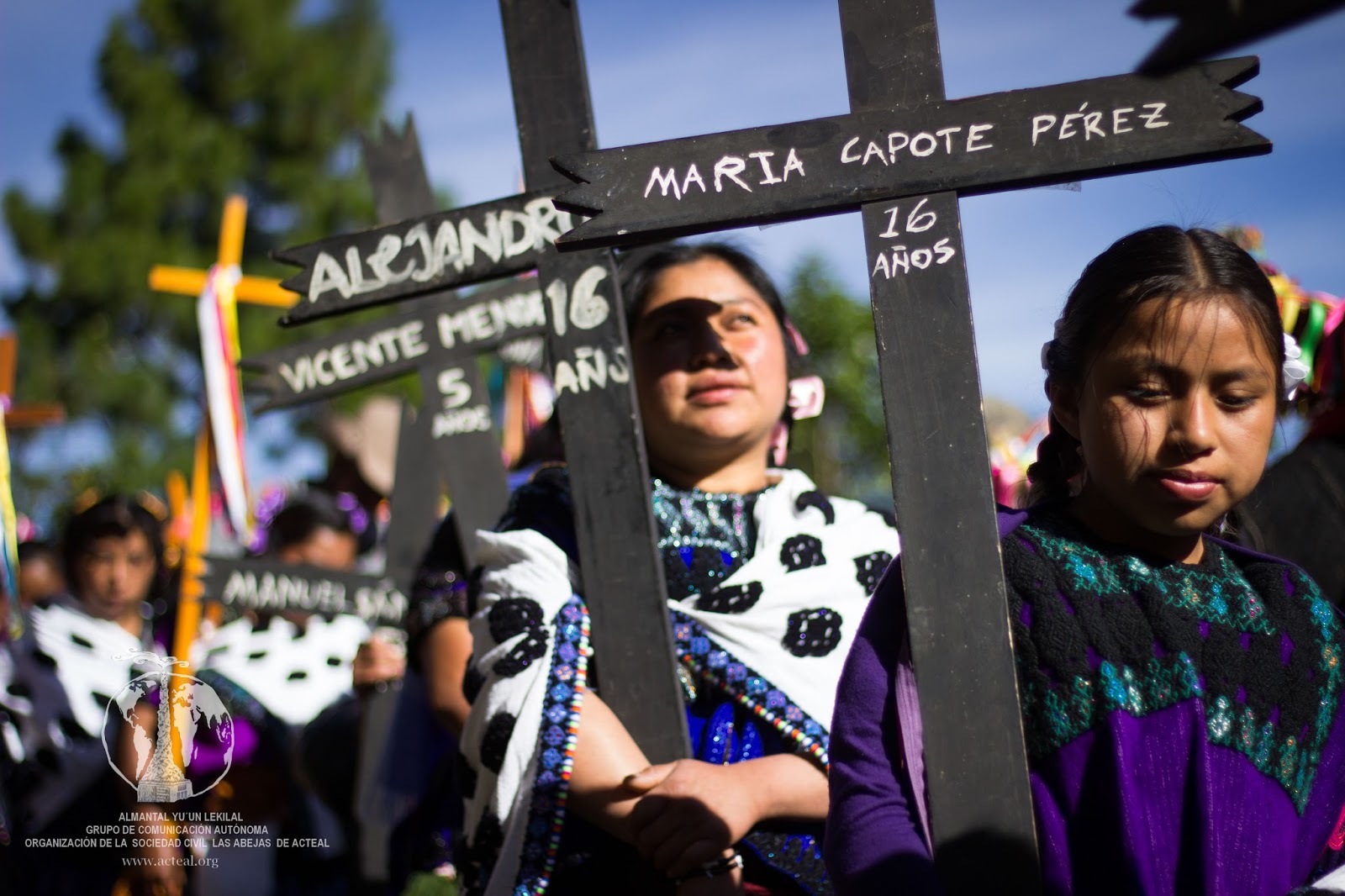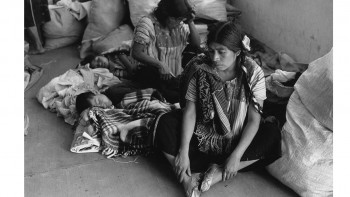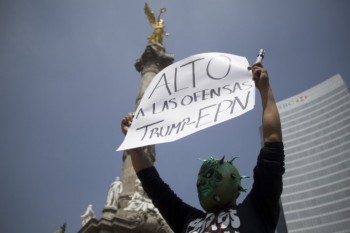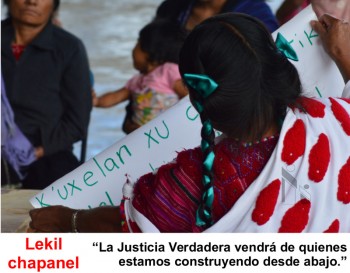
(Español) En México no hay justicia: Acteal, herida abierta
- Las Abejas solicitaron a Jan Jarab intervención de la ONU para reconocer al Estado mexicano como responsable de la Masacre de Acteal.
49 velas, 49 cruces, que representan 45 personas más 4 no nacidas masacradas por paramilitares el 22 de diciembre de 1997, en la misma ermita donde rezaban y ayunaban por la paz, en Acteal, Chiapas, es el escenario donde se recordó el crimen de lesa humanidad. En este sitio sagrado Jan Jarab, representante de la Organización de las Naciones Unidas en México, escuchó los testimonios que duelen en la memoria pero se hacen necesarios para continuar la reivindicación de justicia.
En la víspera a 20 años de impunidad, víctimas sobrevivientes de la Masacre de Acteal e integrantes de la Organización Sociedad Civil las Abejas narraron ante la ONU la verdad que el Estado mexicano intentó negar y continúa ocultando: graves violaciones a derechos humanos como estrategia contrainsurgente en la región Altos de Chiapas.
Guadalupe Vásquez Luna, sobreviviente, leyó el escrito entregado al representante del organismo internacional de derechos humanos: “Señor Jan Jarab, como víctimas sobrevivientes de La Masacre y miembros del pueblo tsotsil estamos cansadas y cansados de tanta injusticia, humillación, desprecio y discriminación de parte del Estado mexicano. A pesar de ello, nos hemos propuesto junto con otros pueblos originarios el de construir Otra Justicia, digna y humanizada. No sabemos cuántos años más deben pasar para conocer la verdad y ver la justicia. Acteal sigue siendo una herida abierta, en México no hay justicia. La dilación es discriminación.”
Las Abejas de Acteal solicitaron a la ONU: Su intervención para que la injusticia en este crimen de lesa humanidad no siga prolongándose; para evitar la repetición de hechos; que Acteal sea reconocido como un sitio de memoria y esperanza; que se reconozca al Estado mexicano como responsable de la masacre.
Jan Jarab durante su visita a Acteal, el 21 de diciembre de 2017, expresó que la ONU tiene como prioridad los derechos de los pueblos originarios y la lucha contra la impunidad.
